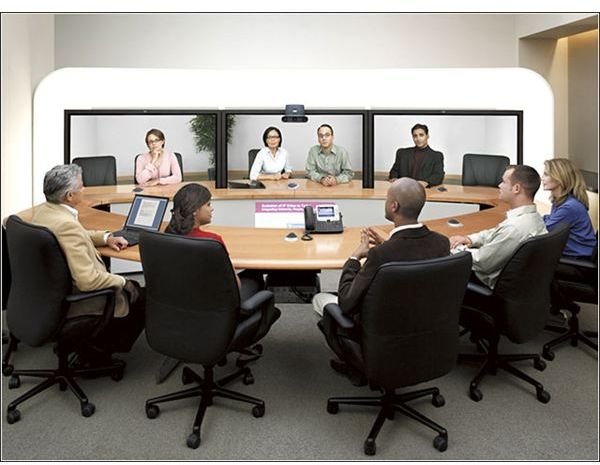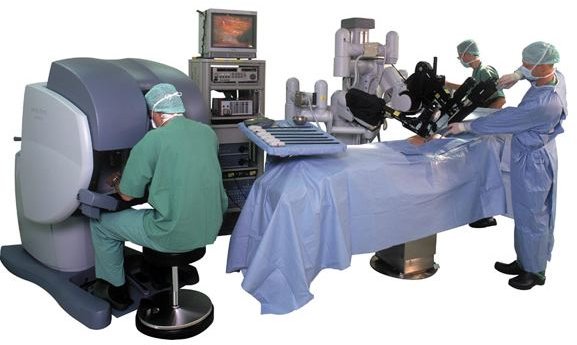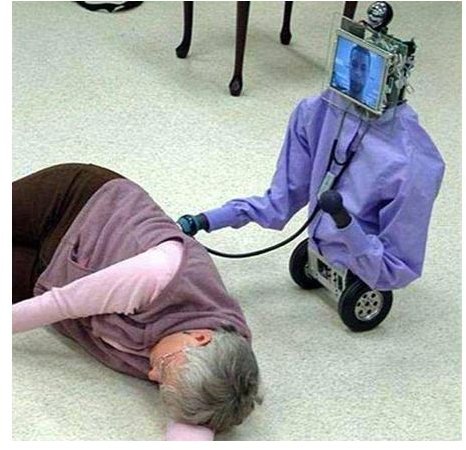Robotics in the Medical Field
Introduction
Medical robotics is a stimulating and modern field in medical science that involves numerous operations and extensive use of telepresence. The discipline of telepresence signifies the technologies that permit an individual to sense as if they were at another location without being actually there. Robots are utilized in the discipline of medicine to execute operations that are normally performed manually by human beings.
These operations may be extremely professional and facilitated to diagnose and treat the patients. Though medical robotics may still be in its infancy, the use of medical robots for numerous operations may increase the quality of medical treatment. Utilization of telepresence in the medical operations has eliminated the barriers of distance, due to which professional expertise is readily available. Use of robotics in the medical field and telepresence minimize individual oversight and brings specialized knowledge to inaccessible regions without the need of physical travel.
Image Credit: labintsis.com
History Of Medical Robotics
Medical robotics was introduced in the science of medicine during the early 1980s, first in the field of urology. Robotic arms were introduced and used for medical operations. Robotics initially had inferior quality imaging capabilities. During this period, the National Aeronautics and Space Administration also started exploring utilization of robotics for telemedicine. Telemedicine comprises the use of robotics by physicians for the observation and treatment of patients without being actually in the physical presence of the patient. As telemedicine improved, it started to be used on battlefields. During the close of the last century, medical robotics was developed for use in surgery and numerous other disciplines. Continued advancement in medical robotics is still in progress, and improved techniques are being developed.

Image Credit: aegiselect.wordpress.com
Features Of Medical Robotics
Medical robotics is managed by physicians through computerized consoles. The consoles may be near the patients, or at an external site. Consoles include single or multiple arms being in the control of the physicians who perform operations on patients. The shape and dimensions of these arms depend upon the type of surgery being performed. The medical data and requirement is fed in the robotics before start of surgery, including the X-rays, and other diagnostic examinations. This information facilitates the medical robotics to traverse the human body correctly.
The purpose of utilizing medical robotics is the provision of enhanced diagnostic capabilities, increased patient comfort, and less hazardous and more meticulous interventions. Robots are being used for multiple operations, including replacement of joints, kidneys, and open heart surgery. The patient images are visible to the physician, and he can accordingly control the robot by a computer. He may not be required to be present in the patient room. The robots have enabled the physicians to perform operations on patients who are located at long distances. Therefore, the environment produced is friendly where the physicians experience less fatigue. (Some surgeries may be performed for long durations causing extensive fatigue to the physicians.) The use of robotics in the medical field makes many medical procedures much more smooth and comfortable.

Image Credit: aegiselect.wordpress.com
References
- Wikipedia - Robotic Surgery
- University of California - Medical Robotics
